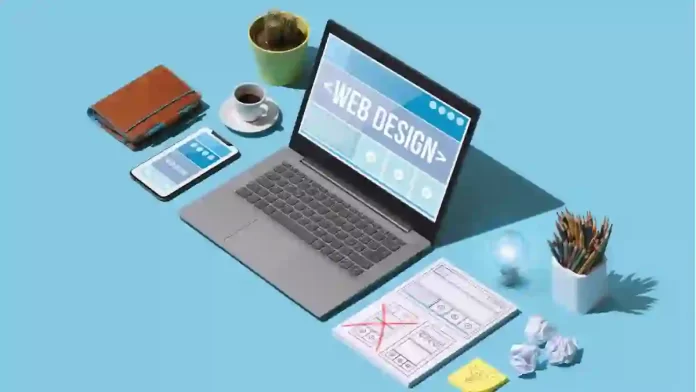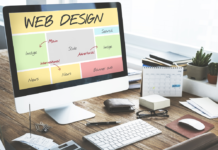In the ever-evolving world of web design, staying up to date with the latest trends is crucial to ensure that your website remains fresh, functional, and appealing to users. Modern web design trends not only focus on aesthetics but also on improving user experience, enhancing functionality, and making websites accessible across all devices. In this essential guide, we’ll explore the key web design trends that every business should consider, and why working with an expert website designer can help bring these trends to life.
- Minimalism and Simplicity
One of the most dominant trends in modern web design is minimalism. A clean, simple design with plenty of white space helps visitors focus on key content without being overwhelmed. Minimalism doesn’t mean sacrificing creativity; it’s about removing unnecessary elements and using space effectively.
This trend is great for improving website load speed and making navigation intuitive. By focusing on the most essential elements, you can create a more user-friendly and visually appealing website. A professional webdesigner can help you incorporate minimalist design principles to ensure that your website remains visually balanced while providing a seamless user experience.
- Mobile-First Design
With mobile usage surpassing the desktop, designing websites with a mobile-first approach is essential. Mobile-first design means that the design and functionality are prioritized for mobile users before scaling up for larger screens. This trend involves optimizing websites to work smoothly on smartphones and tablets, ensuring that users have excellent browsing experience regardless of the device they’re using.
A website designer can implement a responsive layout that adapts to various screen sizes and resolutions. This ensures your website is not only accessible on mobile devices but also performs well, increasing user engagement and improving SEO rankings.
- Dark Mode
Dark mode has gained significant popularity in recent years. This design trend uses dark background colors with lighter text, providing a more comfortable viewing experience in low-light environments. It can also make websites look sleek, modern, and sophisticated. Additionally, dark mode can save battery life on devices with OLED screens.
- Bold Typography
Typography has become a major design element in modern websites. Bold, large, and creative fonts are now being used not just for headlines but also to convey brand personality and improve readability. Typography can set the tone of your website, creating an immediate emotional connection with your audience.
- Micro-Interactions and Animations
Micro-interactions are small animations or visual cues that enhance user experience by providing feedback or guiding users through tasks. These can include hover effects, button animations, or scrolling animations that make the website feel interactive and alive. While subtle, these animations can make a huge difference in engaging users.
- Personalized User Experience
Personalization is becoming increasingly important in web design. Modern websites are incorporating personalized content, such as tailored recommendations, based on users’ browsing history or preferences. This helps create a more engaging experience by providing users with content that resonates with them.
- Inclusive and Accessible Design
Web accessibility is a critical aspect of modern web design. Websites must be designed to be inclusive and accessible to all users, including those with disabilities. This includes using readable fonts, providing text alternatives for images, and ensuring compatibility with screen readers.









